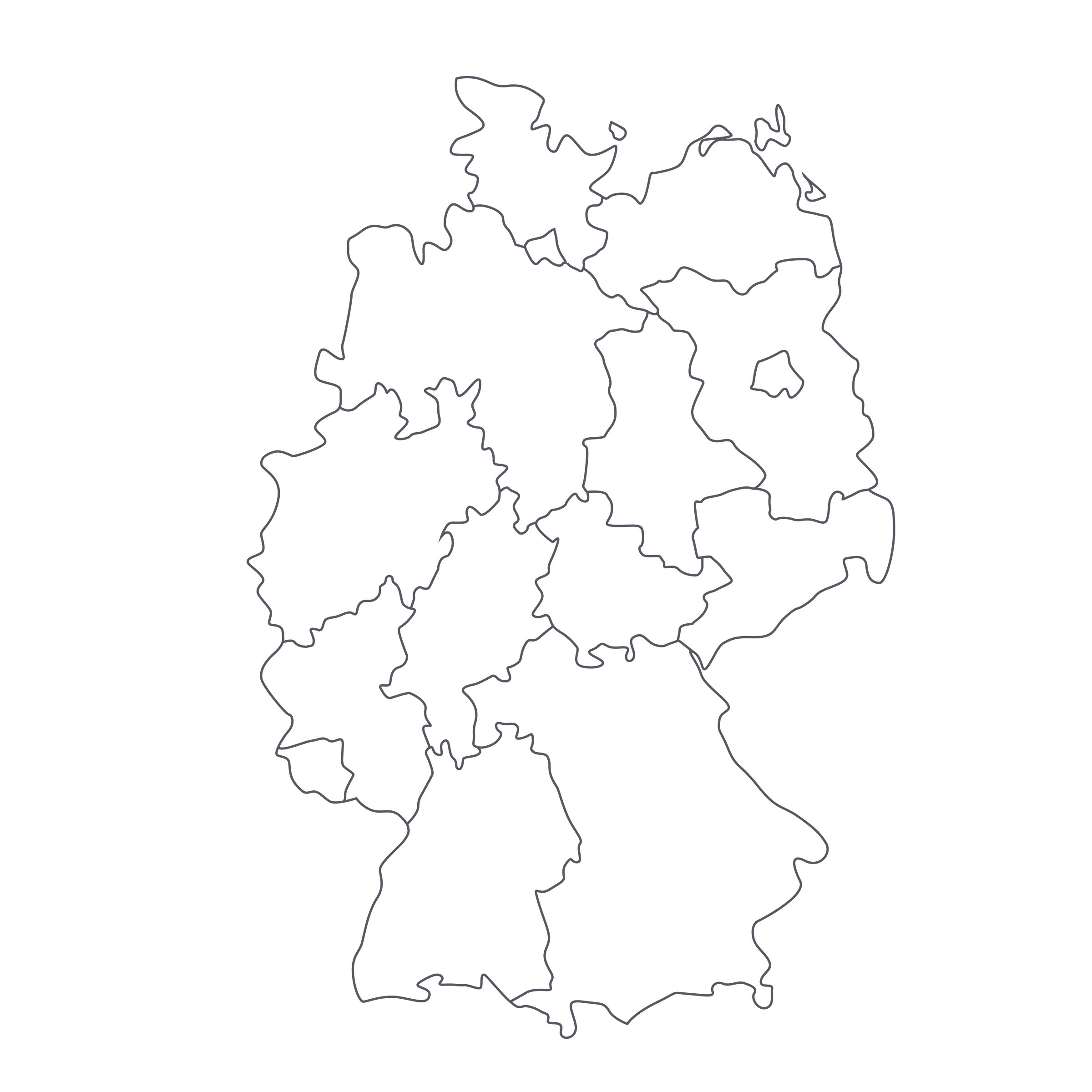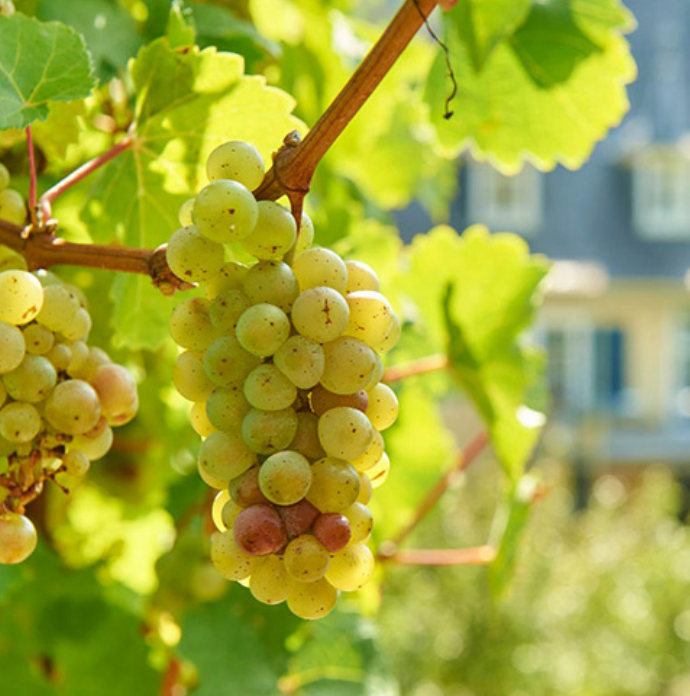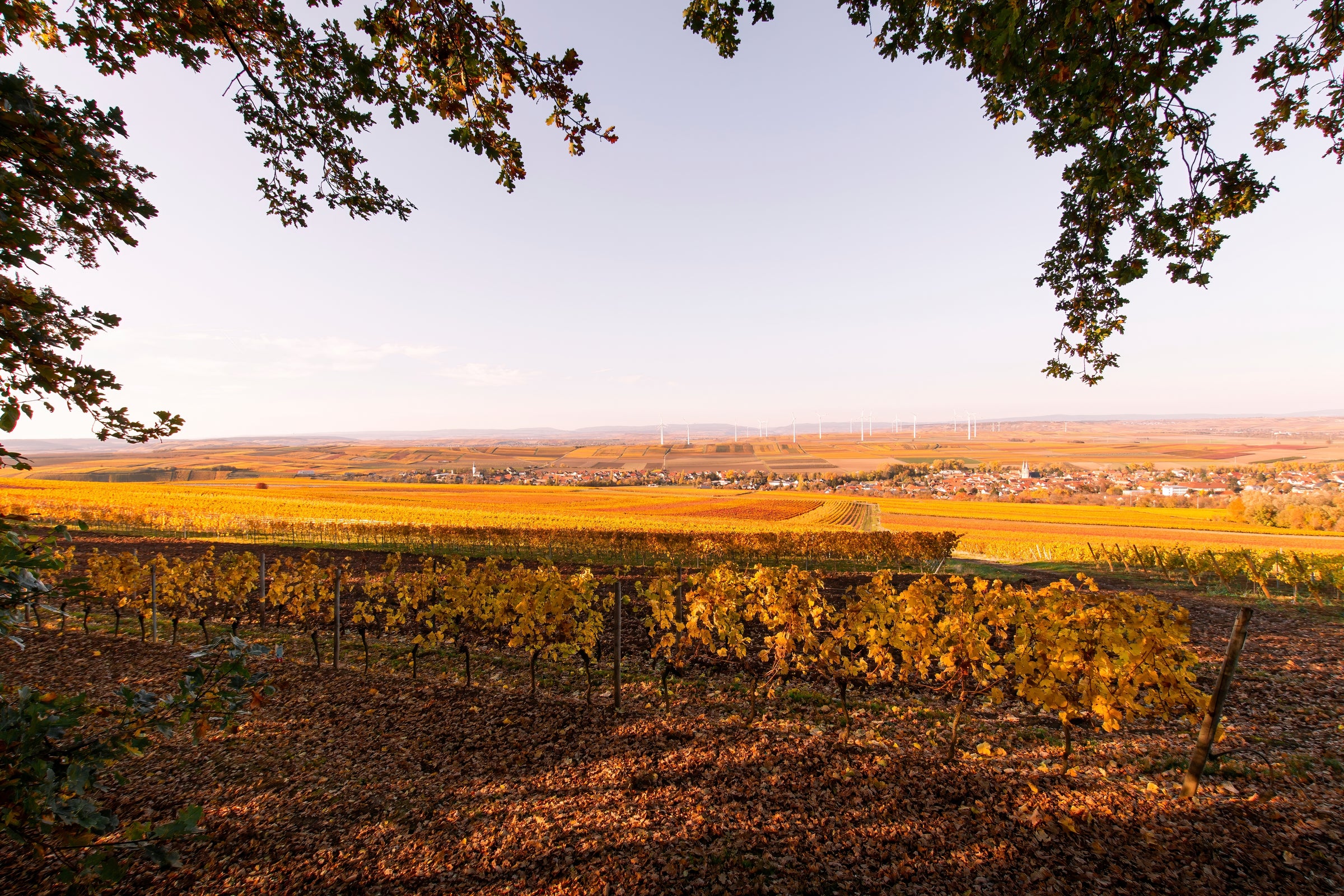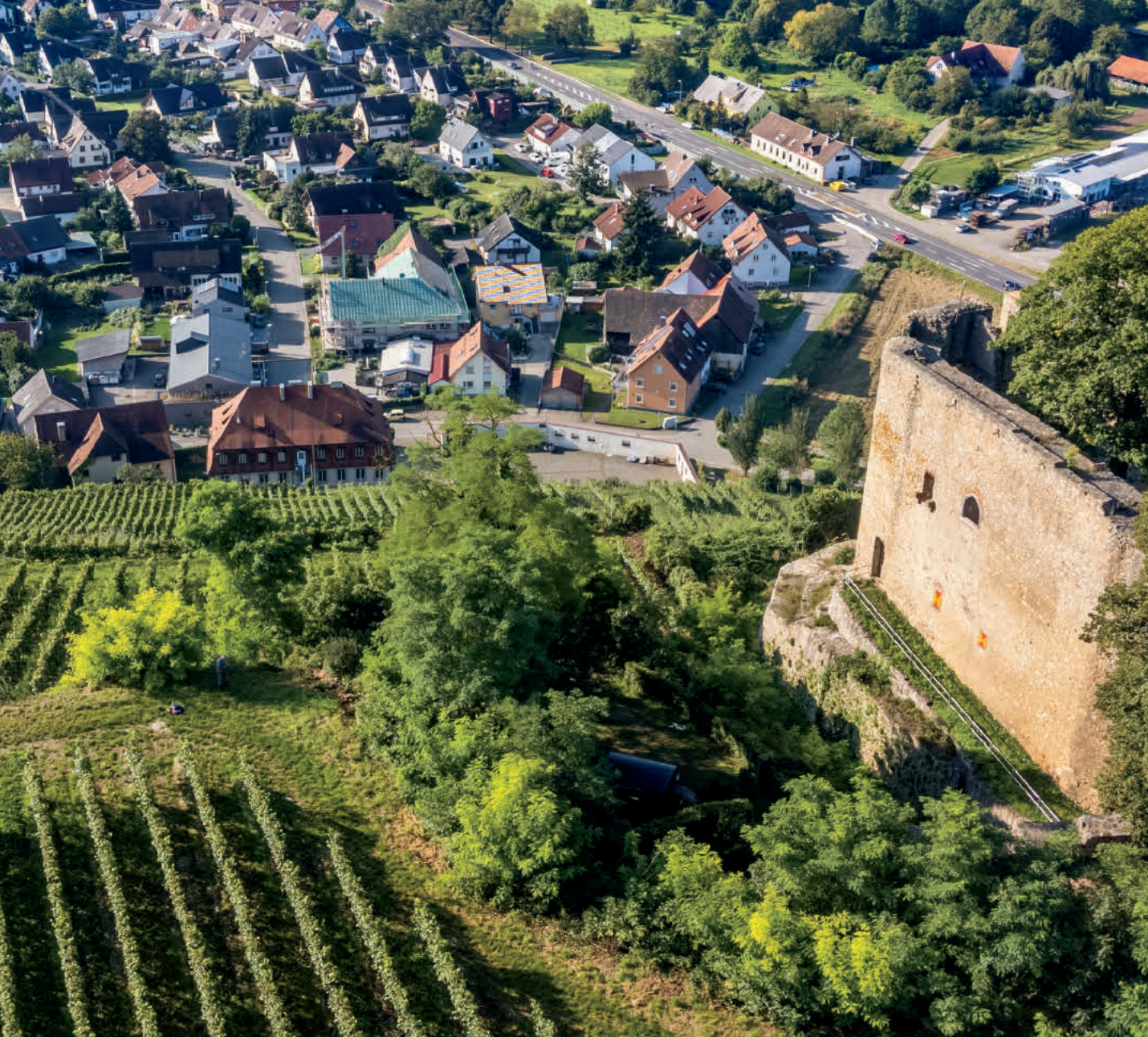Can you imagine being the 14th generation to farm and make wine on the same, family-owned patch(es) of dirt? I certainly can’t, which of course deepens my already deep appreciation for today’s Spätburgunder (a.k.a. Pinot Noir) from Germany’s Nahe region.
Epic family histories like Paul Anheuser’s are not that uncommon along the snaking river valleys of southwest Germany, and, after visiting Anheuser last spring, I can attest to the sense of solemnity that comes over you when you taste wine in a centuries-old cellar. Where today’s wine was concerned, there was also a sense of amazement: The Anheusers have exported their Spätburgunder only sporadically, a situation I immediately sought to remedy upon tasting this 2016: Not only is German Spätburgunder a wholly unique member of the world Pinot Noir family, it is also, based on market realities and the traditional focus on white varieties in places like the Nahe, the most undervalued. The best German examples, of which this wine is certainly one, are particularly successful at capturing the savory/smoky side of Pinot Noir, as well as the cool-climate energy that distinguishes the best expressions of this sensitive grape. To put it bluntly, most Pinot Noir you encounter at this bargain-basement price point is flabby, sweet, mass-produced plonk. This is the opposite. It’s real wine, with real varietal and regional character. There was no way I was leaving Anheuser’s cellar without an assurance that some was coming our way! After many months of waiting, then allowing the wine to rest after arrival in the US, it is finally ready to ship. If you love Old World Pinot Noir, this is a wine not to miss!
Given our collective obsession with German Riesling, and its deserved star status among the world’s greatest whites, it’s easy to forget that Germany is actually the world’s third-largest producer of Pinot Noir. The biggest concentration of Spätburgunder is in Baden, south of Nahe, but it is found in nearly all the great winemaking regions. In the Nahe, one of the Rhine-tributary regions west of Frankfurt (it neighbors the Pfalz), Spätburgunder accounts for about 6% of the region’s total vineyard plantings, and it has a long history at Anheuser, which is considered one of the most prominent family producers in the region. If the name sounds familiar, by the way, the Anheuser who emigrated to the US to make beer way back when was indeed a member of this same family.
The Anheuser wine estate is the main attraction in the Nahe River village of Bad Kreuznach, a few clicks south of where the Nahe meets the Rhine. Although it isn’t indicated on the label, the grapes for this Spätburgunder hail from the family’s “Kreuznacher St. Martin” vineyard, so named for an 8th-century St. Martin Monastery. The soils in this steep-sloping, south-facing site are of an ‘alluvial’ composition, with terraces of sandy loam mixed with gravel. Average vine age for the Spätburgunder vines here is 40 years, and this wine aged about a year in large (2,500-liter) oak fuder that look about as old as the estate itself, lined up along the walls of Anheuser’s dark, vaulted underground caves.
Bottled with a Stelvin (screwcap) closure, today’s 2016 is bright and fresh and greatly benefits from some air after opening to shed its ‘reductive’ (i.e. oxygen-starved) qualities and blossom aromatically. In the glass, it’s a pale garnet-red with pink highlights, with a woodsy aromatic profile straight out of the Black Forest: wild strawberries, cranberries, orange peel, wild herbs, chipped wood, and lots of smoky underbrush carry through to a crisp, medium-bodied palate. It has lots of tension and freshness, but is longer on the finish than you might expect, rattling around in your retronasal cavity long after you’ve finished a sip. It’s a straightforwardly delicious, totally authentic wine experience: Decant it about 30 minutes before serving at 60-65 degrees in Burgundy stems, preferably next to a simple, rustic plate of sausages and ‘kraut. Enjoy!






